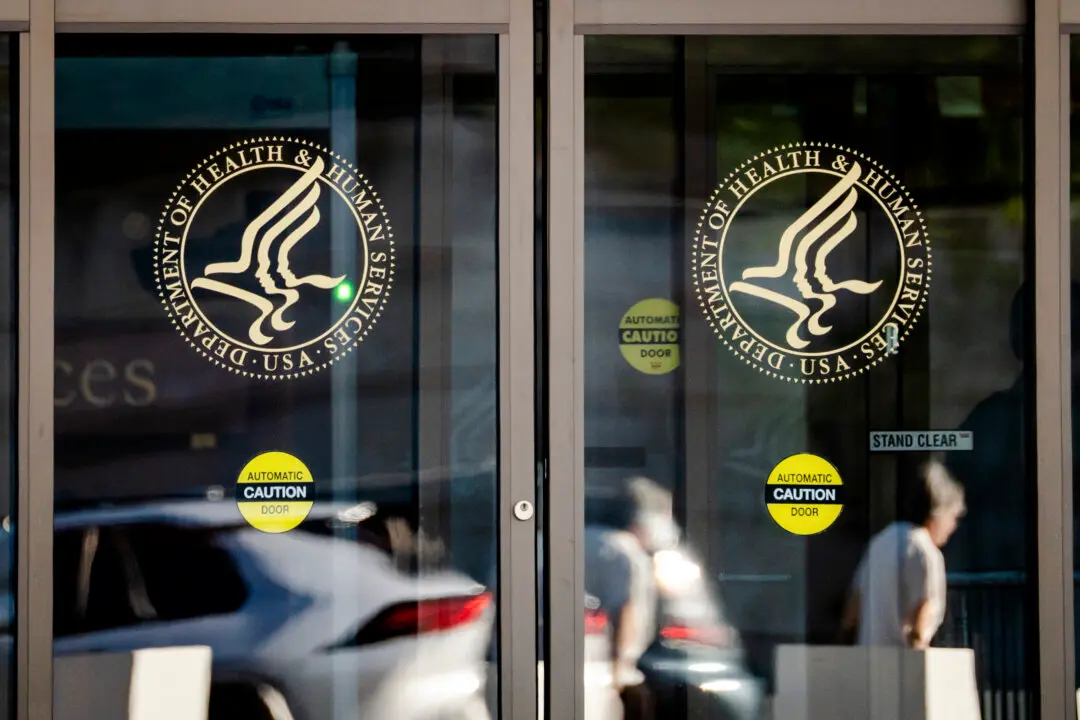The first confirmed Ebola patient in the U.S. was confirmed on Wednesday and people are wondering about the virus, such as what it’s caused by and what it does.
The virus, previously known as Ebola hemorrhagic fever, is a rare and deadly disease caused by infection with one of the Ebola virus strains, or a virus of the family Filoviridae, genus Ebolavirus.
“There are five identified Ebola virus strains, four of which are known to cause disease in humans: Ebola virus (Zaire ebolavirus); Sudan virus (Sudan ebolavirus); Taï Forest virus (Taï Forest ebolavirus, formerly Côte d'Ivoire ebolavirus); and Bundibugyo virus (Bundibugyo ebolavirus). The fifth, Reston virus (Reston ebolavirus), has caused disease in nonhuman primates, but not in humans,” notes the Centers for Disease Control.
The deadly disease was first discovered in 1976 near what is now the Democratic Republic of Congo, and all subsequent diseases have been found in Africa. The likely host is bats.
How Do You Get It? And Symptoms
People contract the virus after contact with an infected animal or an infected human.
The virus is spread through direct contact, with blood or body fluids such as urine, saliva, and semen of a person who is sick with Ebola.
Objects such as needles or syringes that have been contaminated are another source of transmission.
Symptoms include a high fever (higher than 101.5 Fahrenheit), severe headache, muscle pain, general weakness, and diarrhea.
Stomach pain, vomiting, and unexplained bleeding or bruising are among the other symptoms.
The symptoms sometimes don’t appear until up to 21 days after exposure, though the average is 8 to 10 days.
Some people can recover.
What Does It Do?





